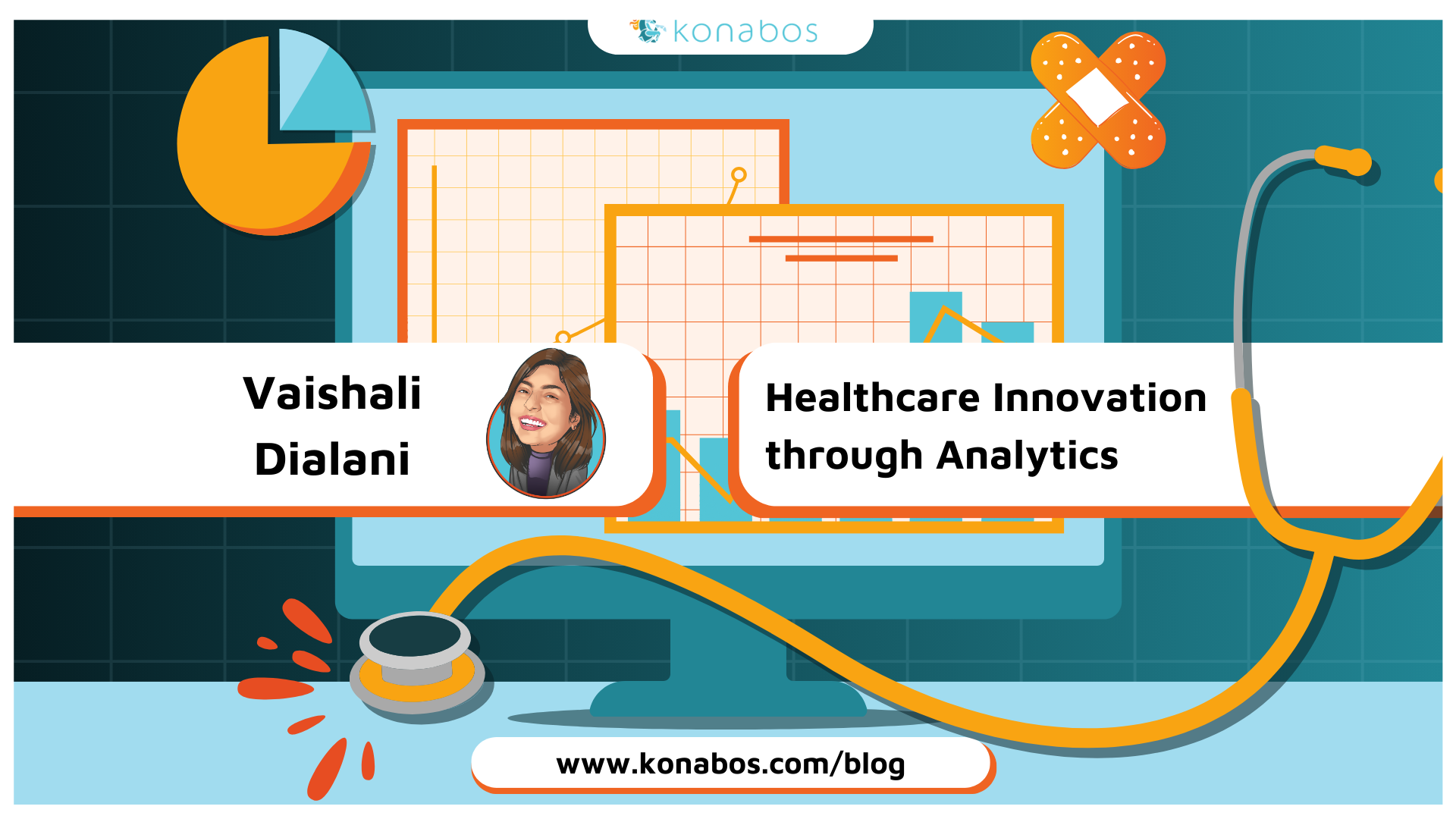Boosting Healthcare Innovation with Analytics
Vaishali Dialani - Senior Customer Experience Strategist
16 Sep 2024
The healthcare industry is at the vanguard of a revolutionary change. The integration of analytics into healthcare is more than just a trend; it's a movement that promises to enhance every aspect of patient care and medical management. From predictive diagnostics to personalized treatment plans, analytics is redefining the possibilities within the healthcare sector.
Gone are the days of monotonous paperwork dominating healthcare processes. Now, data points from what prospective patients research, the type of content they view, to the detailed form engagements they show interest in, are reshaping healthcare administration. The journey into data-driven healthcare is fueled by the vast amounts of data generated in medical settings. Every patient interaction, treatment outcome, and research study contributes to a growing pool of invaluable information. Harnessing this data through advanced analytics unlocks insights that were once unattainable, opening new frontiers in patient care and medical efficiency.
Anticipating Patient Needs
One of the most exciting developments in healthcare analytics is the rise of predictive analytics. By analyzing patterns in patient data, healthcare providers can anticipate health issues before they become critical. This proactive approach allows for early interventions, potentially saving lives and reducing healthcare costs. Utilizing data points from patient feedback, post-treatment behaviors, and content viewed before and after treatments, healthcare providers can analyze the holistic end-to-end journey of patients.
This comprehensive understanding translates into making more informed decisions to improve patient care, communication, and overall satisfaction. It also helps in customizing patient education and engagement strategies, ensuring that patients are well-informed and actively involved in their healthcare journey.
Tailored Treatment for Every Patient
This depth of insight facilitates a more personalized healthcare experience, where treatments and patient interactions are tailored to individual needs and preferences. It also enables healthcare systems to identify and address systemic issues, ensuring continuous improvement in service delivery and patient well-being.
By analyzing patient genetics, lifestyle, and previous health records, treatments can be tailored to individual needs. This customization ensures that patients receive the most effective treatment, improving outcomes and patient satisfaction. In addition, this personalized approach extends to post-treatment care, enabling healthcare providers to offer customized follow-up plans and lifestyle recommendations. Advanced analytics also play a crucial role in drug development and clinical trials, allowing for more targeted therapies and reducing the time and cost involved in bringing new treatments to patients.
Empowering Operations and research
From optimizing staff schedules to managing supply chains, data-driven insights contribute to more efficient and cost-effective healthcare delivery. It can help us understand busy hours, doctors' charts, the need for staffing across diverse departments, popular department demand in the market and so much more. Whole
A few metrics that can be reviewed to get more predictive analytics are:
- Readmission Rates: Measures the frequency of patients returning to the hospital after discharge.
- Patient Risk Scores: Calculated from various data points to predict the likelihood of certain health events.
- Disease Incidence and Prevalence Rates: Track the occurrence and distribution of specific health conditions.
- Medication Adherence Rates: Assess how well patients follow their medication regimes.
- Emergency Department Utilization: Frequency of emergency department visits by patients.
- Patient Satisfaction Scores: Gathered from surveys to gauge patient contentment with services received.
- Treatment Outcome Metrics: Measure the efficacy of treatments administered.
- Wait Times and Service Efficiency: Time patients spend waiting for services.
- Care Coordination Metrics: Effectiveness of communication and collaboration among healthcare providers.
- Health Literacy Improvement Rates: Measures improvements in patients’ understanding of their health conditions and treatments.
Conclusion
The integration of analytics into healthcare marks the beginning of a new era in medical excellence. As we navigate this exciting journey, the focus must remain on harnessing data responsibly to improve patient outcomes, streamline operations, and pave the way for innovative treatments. In this data-driven future, the possibilities for enhancing healthcare and saving lives are truly limitless.
Looking ahead, the potential of analytics in healthcare is boundless. We are on the cusp of a future where AI and machine learning will work alongside human healthcare providers, offering insights that enhance decision-making and patient care.
Ready to explore how analytics can transform healthcare? Contact us today to unlock the future of medical innovation!

Vaishali Dialani
With over 8 years of experience as a data-savvy experience designer, research specialist, and strategic change-maker, she passionately advocates for integrating emotions and efficiency through customer experience research, product insights, and communications.
Recognized as a CXPA Emerging leader, CX Leader of The Year 2023 Finalist, and ranked among the top 11 CXMStars worldwide, she believes in the power of knowledge sharing to foster growth and awareness within the CX community.
Vaishali’s commitment to knowledge sharing extends to podcasts, blogs, guest lectures, speaking engagements, and training programs. Simultaneously, conducting leadership training workshops for low-literacy level professionals, making a positive impact through collaborative efforts across diverse spheres.



Share on social media